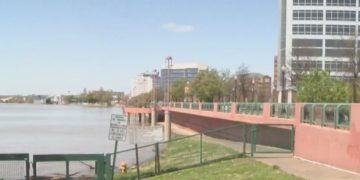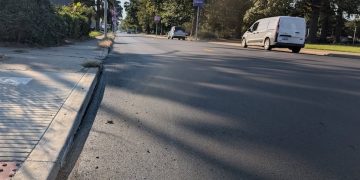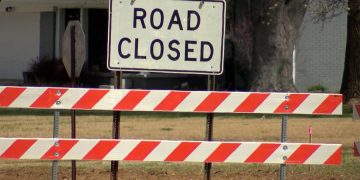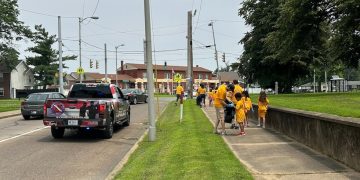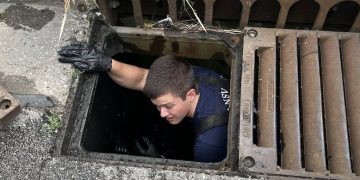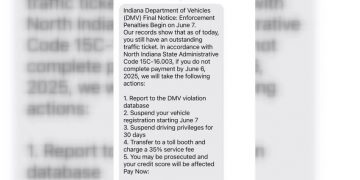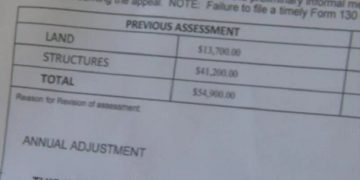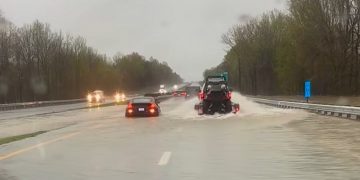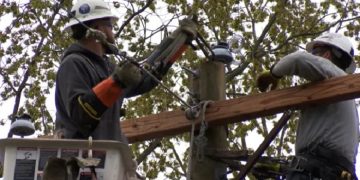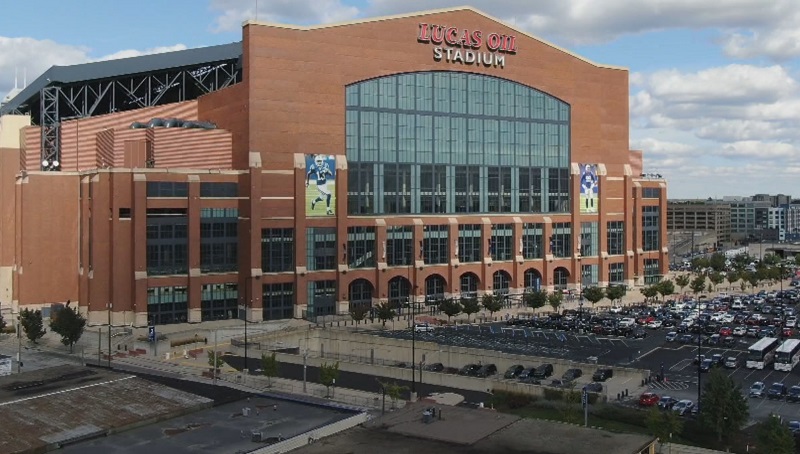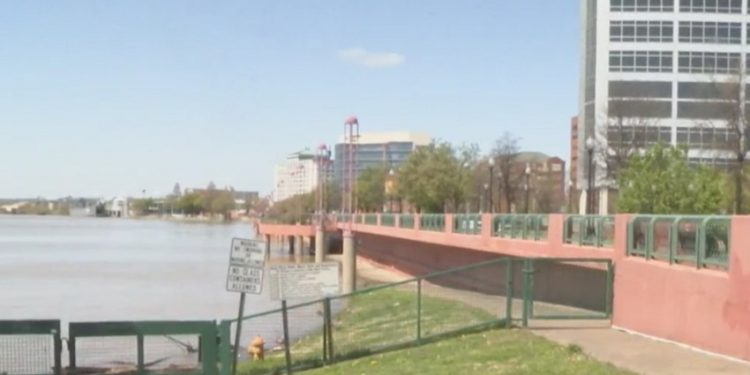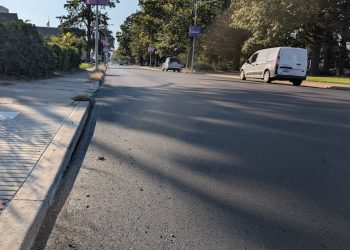EVANSVILLE, Ind. — The Ohio River is expected to crest at around 48 feet in the coming days, dangerously close to the record-high level of 53 feet set in 1937. As the river rises, Evansville residents and officials are closely monitoring the situation, fearing a repeat of the catastrophic floods that have impacted the region in the past.
A sign on the Evansville riverfront serves as a stark reminder of the city’s history with flooding, detailing the severe consequences of past events and the subsequent construction of a levee designed to protect the city. In particular, the devastating flood of 1997 remains etched in the memories of many. That year, rising waters displaced hundreds of families, and dozens of water rescues were carried out across the city.
Michael Herke, a spokesperson for the Levee Authority, emphasized that Evansville is better prepared this time around. The city now has aluminum flood walls as part of its flood prevention toolkit. “It actually rolls out kind of like the blow-up houses and stuff, but you actually roll it out and fill it full of water,” Herke explained. “Then it anchors to the ground so we can put it on concrete, we can put it on dirt, we can put it anywhere that we would need to block off somewhere rather quickly.”
These portable flood barriers are part of the city’s broader strategy to prevent a disaster similar to the 1997 flood. While the levee system offers some protection, Evansville’s response is multi-faceted, involving both high-tech solutions and community efforts.
The town of Newburgh, located just north of Evansville, has also been actively distributing sandbags to residents, further bolstering local flood prevention measures. This grassroots effort has been a key part of ensuring that homeowners and businesses in the area are prepared should the worst occur.
As the river level rises, residents and officials are watching closely, knowing that past floods have proven how quickly the situation can escalate. Michael Linderman, who works near the historic Angel Mounds, reflected on the changes the area has seen since the devastating flood of 1964. “All of our newer buildings are built above that level,” he said, noting that the infrastructure improvements made in the aftermath of previous floods help mitigate current risks. However, Linderman acknowledged that for a few days, access to certain areas, including the mounds themselves, could be restricted.
Despite the measures in place, the uncertainty remains. With the potential for road closures and possible evacuations, the coming days will test the resilience of Evansville and its neighboring communities. The memory of past floods serves as both a cautionary tale and a reminder of how far the area has come in its flood preparedness efforts.
As the Ohio River continues to rise, all eyes remain on the levees, the sandbags, and the skies, hoping that these precautions will be enough to protect the community from the destructive force of a major flood.
